Cienega Creek Preserve Tracks and Scat Field Lab

Blog Post: Deb Petrich Cohort 1; Photos: Jean Boris, Cohort 2, Paul Redinger Cohort 5, Deb Petrich Cohort 1
On a beautiful, warm Fall Saturday on September 30th, several master naturalists (Jean Boris, Jane Williamson-Davenport, Melissa Mundt, Paula Redinger, and Acacia Dupierre) along with some friends participated in a tracking and scat field lab in the Cienega Creek Natural Preserve This workshop was coordinated by Deb Petrich and presented by Hank Harlow, former Cohort 3 master naturalist and Professor Emeritus in the Department of Zoology & Physiology from the University of Wyoming and Director Emeritus of the University of Wyoming-National Park Service Research Station, Grand Teton National Park. Dr. Harlow has conducted laboratory and field studies on the physiological ecology of vertebrate species such as polar bears in the arctic and Komodo dragons in Indonesia documenting their adaptation to stressful environments. Hank’s training also includes attending Sky Island Alliance’s 3-day wildlife tracking workshop that provided hands-on field instruction and theory in a variety of skills and techniques.
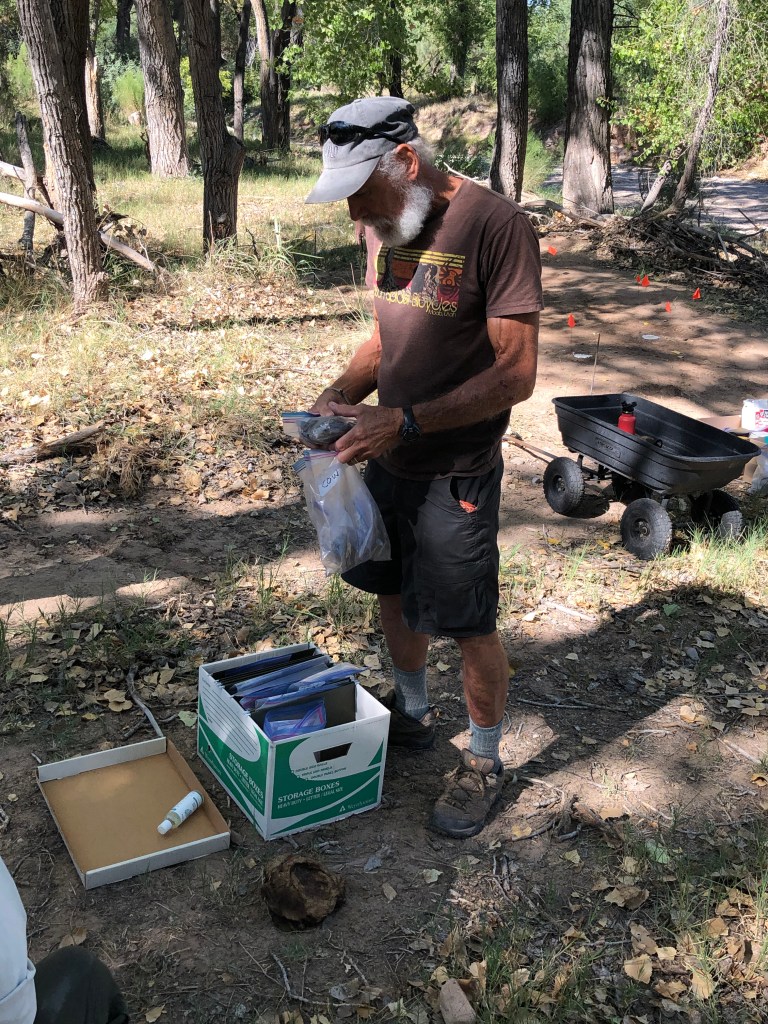
Participants learned basic wildlife tracking skills including track morphology, structure, terminology and how to distinguish between tracks created by wildlife in this riparian area. Tracking cards were handed out to assist with identification and measurements. In addition, a brief scat overview was presented by Hank with sealed ziploc bags of different wildlife’s scat. The group then hiked Cienega Creek looking for tracks and scat to analyze and identify. During our time spent in the field, the group was lucky enough to spot a female bobcat and kitten along with a group of 3 coatimundis. It truly was a magical, learning experience!
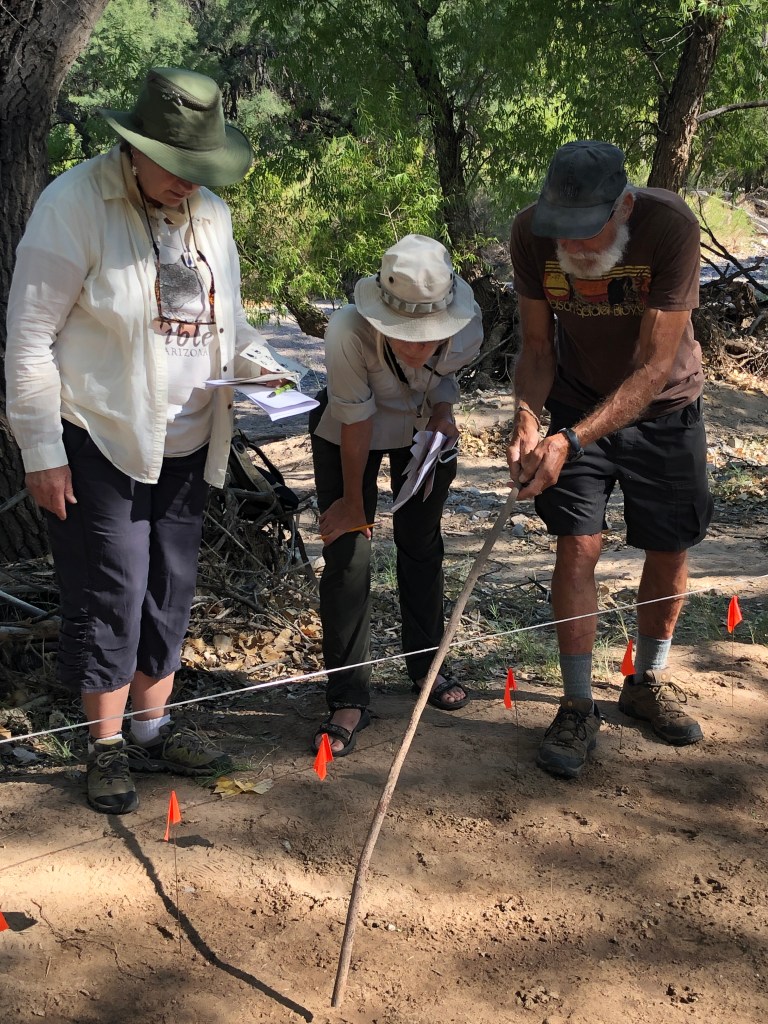
For an educational reference on this riparian area located in Pima County, please visit this Arizona Heritage Waters webpage. In brief, Ciénega Creek Natural Preserve is noted for outstanding quality and variety of natural resources. The riparian environment, a conservation resource equal to any other in the region, rivals that which existed in the Tucson area before 1900. The riparian landscape within the preserve is notable, due to its high biodiversity that is becoming increasingly scarce in Arizona. The preserve is located within a transitional zone between the Sonoran and Chihuahuan Deserts, and exhibits some of the features of each region. The creek supports outstanding examples of cottonwood-willow gallery forest and mesquite bosque. These are home to bird species that have become rare through loss of riparian habitats, including the Southwestern willow flycatcher, Yellow-billed cuckoo, Bell’s vireo, and a various raptors including Great Horned and Barn Owls, and Black, Red-Tail, Gray and Swainson’s hawks. In addition, this area supports very diverse mammal populations as evidenced on wildlife cameras and research by Sky Island Alliance, Coalition for Sonoran Desert Protection and Pima County Natural Resources and Parks&Recreation (PCNRPR).
Field Lab Feedback:
Taking the Tracking and Scat Identification class with Hank was an enlightening experience that I would highly recommend to anyone with a love for nature, curiosity about wildlife and a passion for conservation. Both Hank and assistant Deb were knowledgeable with enthusiasm that was infectious! I would happily take this class again! – Jane Williamson-Davenport, C1
I really loved learning a bit about, as well as watching in action, the subtleties of this skill. It’s clear Hank has a wealth experience, which is essential for such a skill as tracking. – Paul Redinger, C5
A BIG THANK YOU for helping put this together! You made it happen!! Best part was learning about tracks in a beautiful riparian environment. Hiking Cienega Creek and identifying tracks was the highlight of the day! Thanks Deb and Hank. – Jean Boris, C2
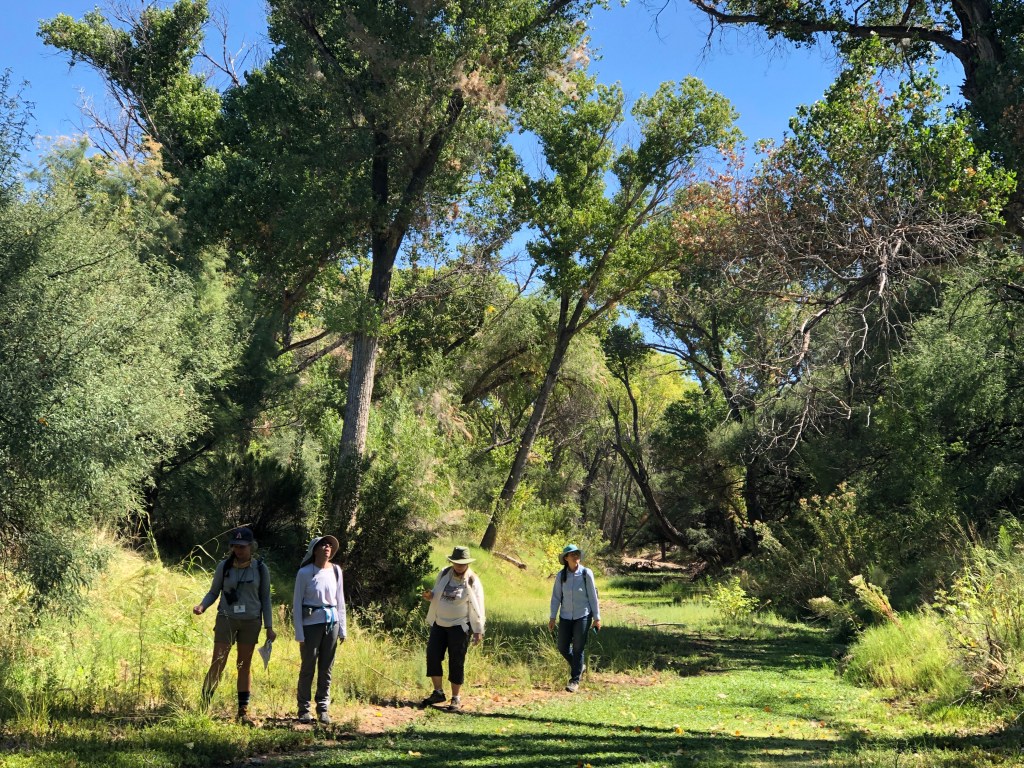
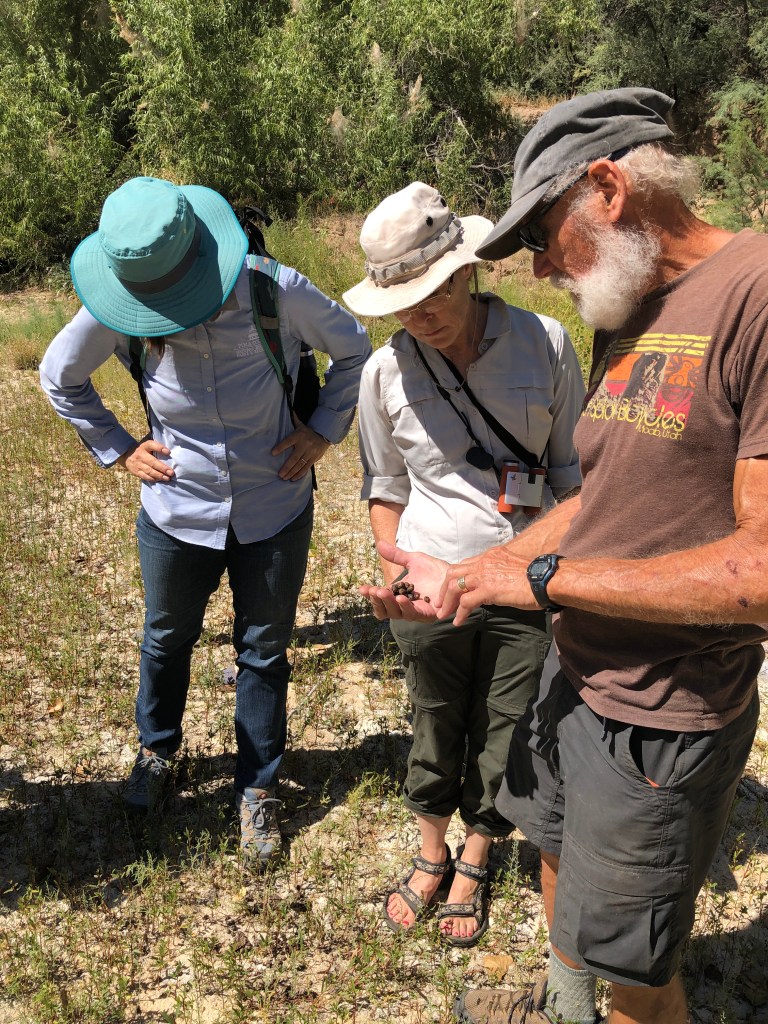
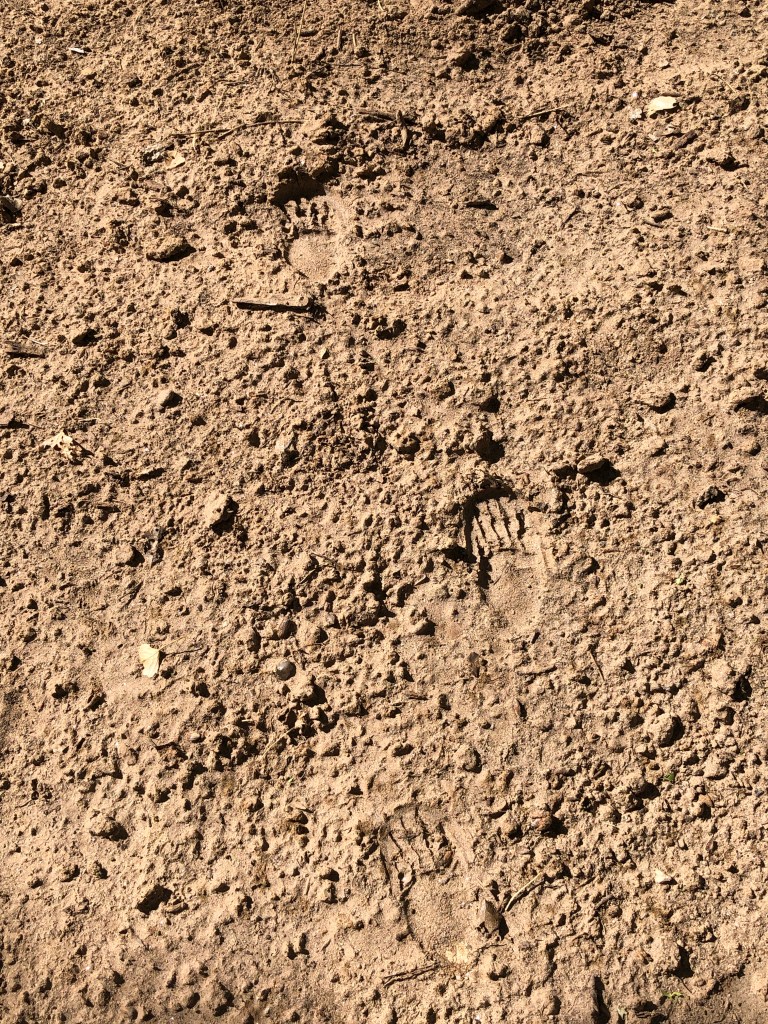




You must be logged in to post a comment.